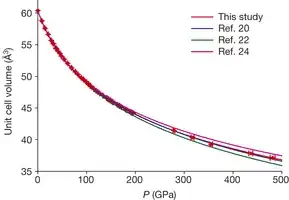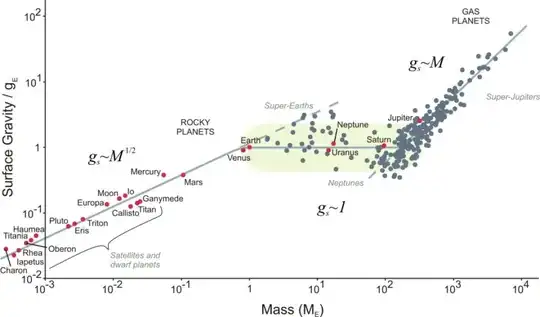The densest reasonable material for a planet is iron
The wikipedia page for the abundance of chemical elements breaks it down a dozen different ways, but any way you split it, by far the most common dense material is iron. In the solar system, Fe-56 is estimated to be the sixth most common nuclide by mass fraction, after H-1, He-4, O-16, C-12, and Ne-20. It occupies the same position in estimates of the Milky Way galaxy.
Any answer that suggests a different material to form a planet out of, must give a reasonable explanation for why that other material won't be mixed with iron, which is at least two orders of magnitude more common than anything denser than it.
You can check out relative abundances here and densities here. The only thing close is Nickel which is also a constituent in the Earth's core. Lead is five orders of magnitude less abundant than Iron; Osmium, Iridium, and Platinum are closer to six.
Making an iron planet
Earth's core is mostly an iron-nickel alloy that has a density in the 10000-13000 kg/m$^3$ range. However, the planet's density is lower, because of the lower density mantle, composed of periodite and olvine and other lower density rocks. The easiest way to make an all-iron planet is to remove the mantle.
How do we remove the mantle? I would suggest one of two ways: a massive collision or formation close to a variable star. Both of these are theories about the formation of Mercury.
The massive collision would be somewhat like the impact that formed the moon. In that collision, much mantle material was blasted off to make the moon. We would need to adjust the collision to blow of all the mantle materials, to leave just an iron core to coalesce. A similar explanation has been proposed for Mercury, which actually has a higher iron content than Earth. However, being less massive, it is not as compressed and therefore less dense.
The other theory for Mercury's formation is that Mercury formed before the proto-sun had fully contracted. The temperatures at Mercury reached 2500K or even 10000K and turned much of the planet into vaporized the rock. The lightest 'rock vapor' was then carried away by the solar wind. A variable star could have, early in its life, pulse melted and then stripped lighter materials from a planet. If the star cooled later in its life, or became less variable, the planet could have solidified into an iron mass.
How big is a 1g Iron planet?
Earth's core density is listed above, and Iron at standard temps and pressure has a density 7870 kg/m$^3$. I'm not exactly sure the density gradient through the mantle, but my estimate is an overall density of about 9500 kg/m$^3$ for a planet with the same composition as Earth's core.
This gives a radius of about 3700 km.


